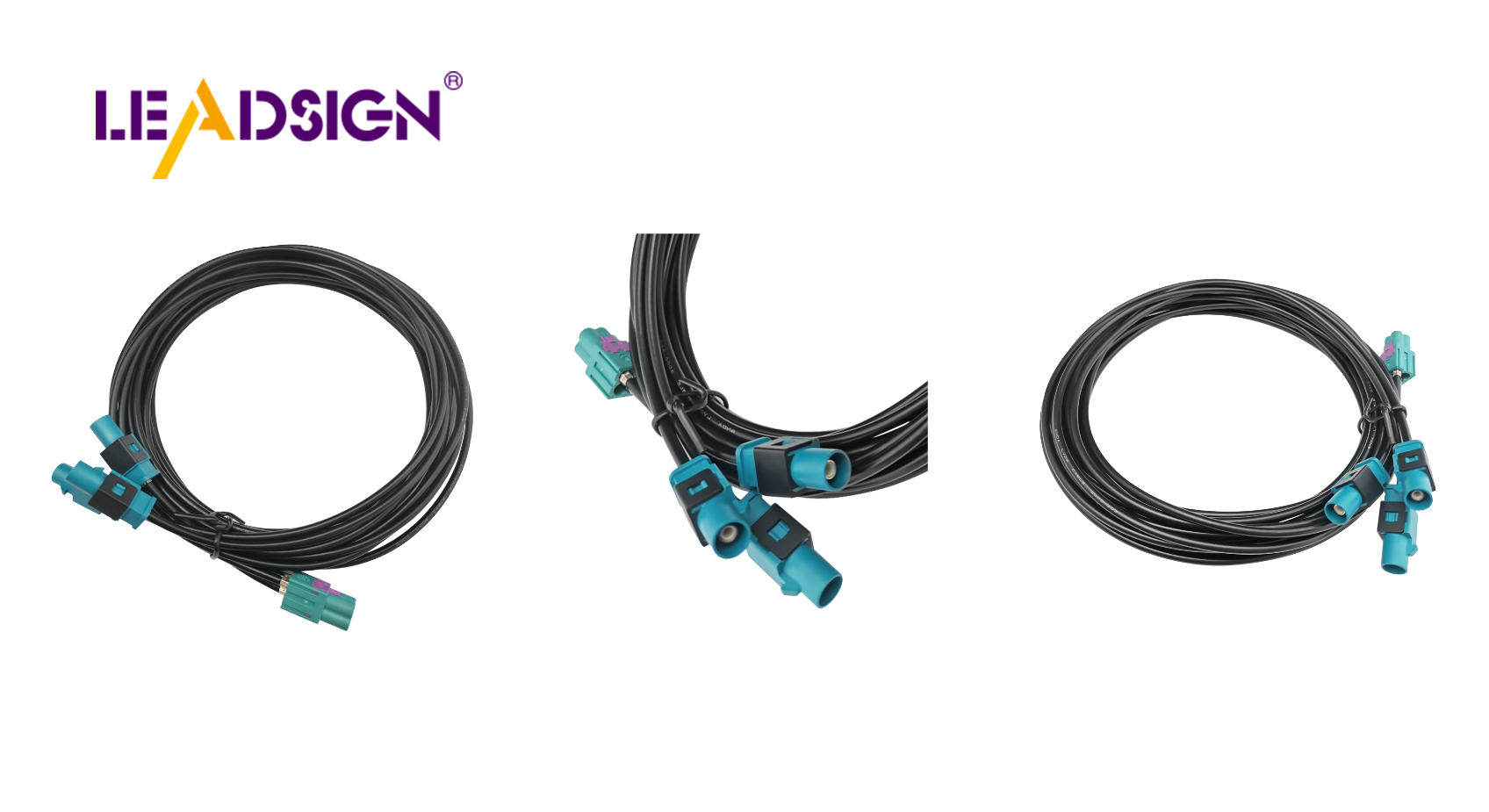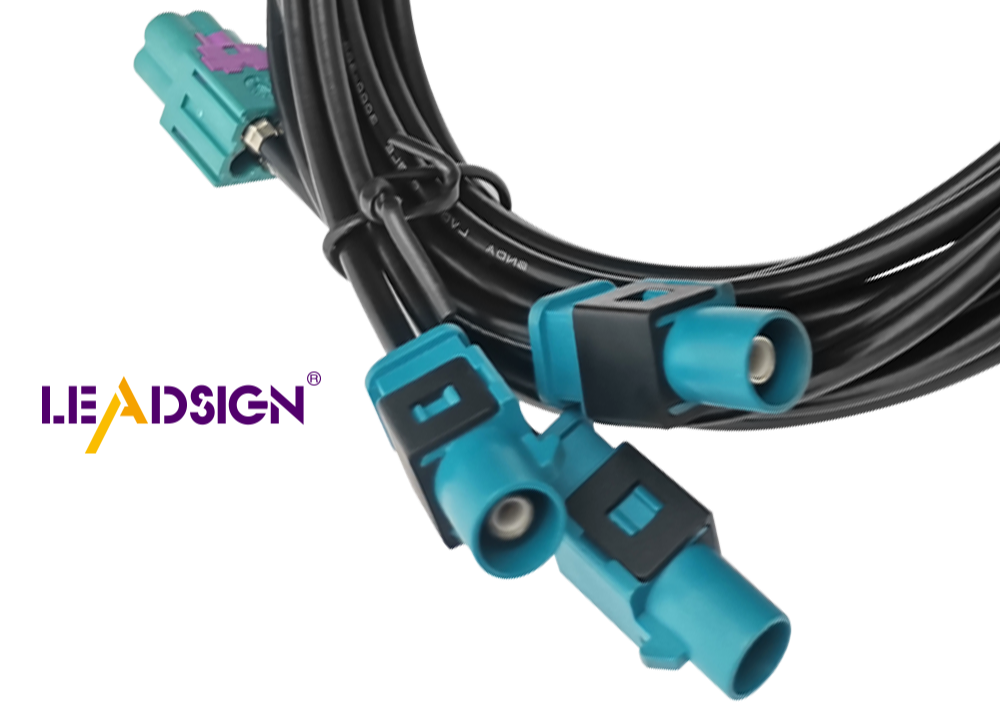How to Identify Automotive Wiring Connector Types for Replacement

Understanding different automotive wiring connector types is crucial for maintaining the safety and functionality of your vehicle. Mixing up connectors can lead to electrical issues or system failures, especially considering the challenging conditions cars operate in, such as exposure to harsh gases, moisture, and vibrations. These factors can contribute to corrosion and deterioration of the connectors, ultimately resulting in malfunctions. Properly identifying automotive wiring connector types can prevent these issues and ensure optimal performance of your vehicle.
Understanding Automotive Wiring Connector Types

Knowing the right wiring connectors is key for your car's electrical systems. This part helps you learn about these connectors by looking at pin count, pitch, and electrical details.
Pin Count
What It Means and Why It Matters
Pin count is how many pins are in a connector. It's important because it shows if the connector fits different systems. Connectors can have few or many pins. Knowing the pin count helps match the connector to your car's needs.
Counting Pins Correctly
To count pins, look closely at the connector. Check rows and columns of pins. Count each one carefully so you don't miss any hidden ones. Wiring diagrams can help by showing pictures of the layout. Knowing pin count avoids mismatches and keeps connections secure.
Pitch
What Pitch Means in Connectors
Pitch is how far apart two pins are in a connector. It's important for knowing types like JST that need certain pitches. The pitch makes sure connectors fit tightly into sockets, stopping loose connections.
How to Measure Pitch
To measure pitch, use a ruler or caliper between two pins and note it down. This helps find the right connector type needed. Measuring pitch correctly ensures connectors line up well with their pair, lowering electrical problems.
Electrical Specifications
Voltage and Current Limits
Knowing electrical details of connectors is key for picking the right one. Voltage and current limits show how much electricity it can handle safely without overheating or failing.
Why It's Important When Choosing Connectors
When picking a connector, think about what electricity it needs to handle safely without issues. Make sure its voltage and current limits meet or go beyond what's needed for safety.
By learning these things about wiring connectors, you can pick them confidently for your car which boosts its safety and working well.
Using Tools to Find Connectors
Finding car wiring connectors can be hard. But, using the right tools makes it easier. You can use wiring diagrams and online sites to help you find them.
Wiring Diagrams
Wiring diagrams are like maps for your car's wires. They show where connectors are and what types they are.
How to Understand Diagrams
First, learn the symbols and lines in a diagram. Look for a key that explains these symbols. Follow the diagram's flow to see how electricity moves. This helps you find the right connector types needed.
"Wiring diagrams help you know which connectors you need."
Finding Connector Details
After understanding the diagram, find connector details. Most have pictures or descriptions with pin numbers. These help match connectors to their jobs in the car. Make sure you have the right diagram for your car's year and model.
Online Sites
Online sites are great for finding car wiring connectors. They give lots of info and pictures to help you search.
Best Sites for Finding Connectors
Some websites focus on car connectors like Mouser Electronics and Digi-Key. They list connectors by pin count and other features, making it easy to find what you need.
Searching Well
To search well, use specific words about the connector you want. Include things like pin count or special designs. This helps narrow down results fast. Some sites let you filter by car make and model too.
By using wiring diagrams and online sites, you can easily find the right car wiring connectors. These tools help keep your car's electrical system working well.
Helpful Hints for Finding Connectors
Finding car wiring connector types can be tricky. But, with the right steps, it gets easier and more accurate. Here are some helpful hints to find these connectors well.
Taking Good Photos
Why Clear Pictures Matter
Clear pictures help a lot in finding car wiring connector types. Sharp images show details like pin count, pitch, and design features. With a clear photo, you can compare it online or in catalogs to find a match.
"A picture is worth a thousand words." This saying is true for finding connectors. A clear image shows details you might miss otherwise.
Tips for Taking Photos of Connectors
Use Bright Light: Make sure the place is bright to see all details. Sunlight works best, but if not possible, use a bright lamp.
Focus on Details: Zoom in on the connector to capture its special features. Ensure the photo isn't blurry.
Take Many Angles: Snap photos from different sides to show all parts of the connector. This helps spot keyways and other design parts.
Add a Scale: Put a ruler or coin by the connector for size reference. This helps measure pitch and size.
Looking at Design Features
Spotting Unique Design Parts
Car wiring connector types have unique designs that make them different. These include shape, color, and keyways of the connector. Watching these closely helps tell similar connectors apart.
Shape: Check the overall shape of the connector—some are rectangle-shaped; others might be round or square.
Color: Notice the color of the connector—many use certain colors to show their job or type.
Keyways: Find any grooves that help fit the connector during setup.
Using Design Parts for Finding Connectors
Once you know unique design parts, use them to narrow your search down. Compare these with online lists showing car wiring connector types. This comparison helps find exactly what you need.
Match Shape and Color: Use online tools to find connectors with similar shapes and colors.
Check Keyways Fit Well: Make sure keyways match with what you're replacing for proper fit and secure connection.
By using these helpful hints, you can easily find car wiring connector types confidently! This knowledge not only aids in swapping connectors but also keeps your vehicle's electrical system safe and working well.
This blog taught you how to find car wiring connectors. You learned about pin count, pitch, and electrical details. Using wiring maps and websites helps identify them correctly. These tips make your car safer and work better. Trust good brands like Eigen for quality connectors. Keep learning about car wiring types. Ask experts if you need help with your car's wires for the best results.
See Also
Navigating Ford Fakra Connectors
Essential HSD Connectors in Automotive Sector
Significance of Fakra Connectors in Contemporary Cars

